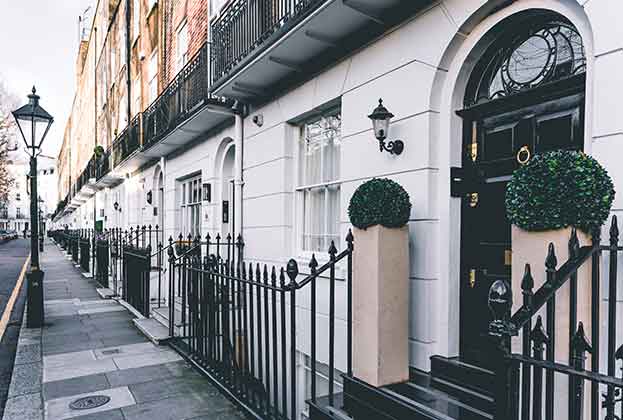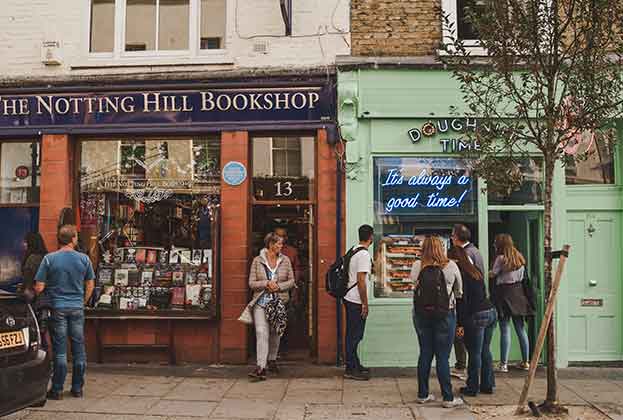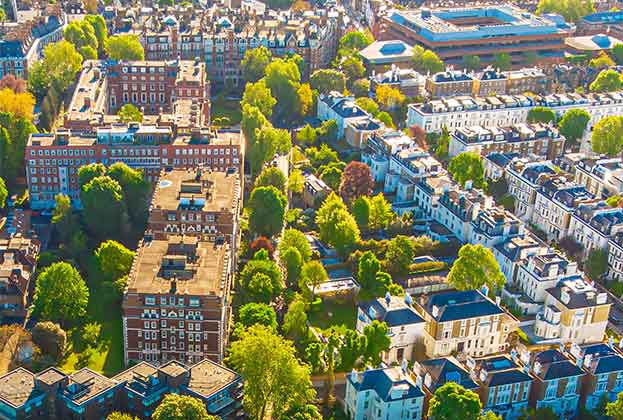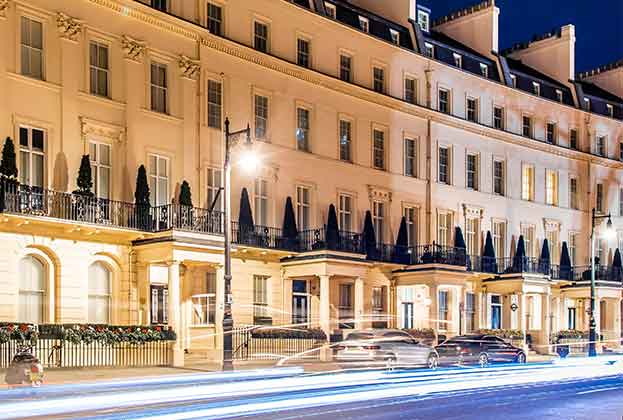The prime housing market has gone through a period of strong activity over the past year. But will it last? As lockdown measures ease, we identify the factors that will shape prime property over the remainder of this year and into 2022
Back in 1826, John Walker, a chemist from Stockton-on-Tees, accidentally scraped a stick across the hearth at his home. Much to his surprise, it ignited spontaneously – the unexpected result of the combination of chemicals coating the wood.
Back in the spring of 2020, few would have expected the experience of lockdown to spark the prime housing market, combined, as it was, with a rapid contraction of the economy. But much like Mr Walker’s first match, the performance of the prime housing markets have, for the most part, been running hot. The extent to which the surge in activity has been sustained over a period of successive lockdowns has continued to surprise many, even accounting for an additional catalyst in the form of a partial stamp duty holiday.
.jpg)
Illustration: Jamie Portch
Strong reactionary forces...
Data from TwentyCi tells us that since June of 2020, the number of sales of £1 million+ homes agreed each month has typically been between 60% and 95% above levels seen in the period 2017 to 2019, though in April they exceeded twice the level of normal market activity for the first time.
With the ability to lock into low costs of borrowing, wealthy and financially secure households have had both the inclination and opportunity to respond to a reassessment of their housing preferences and needs.
And while the lockdown in the first quarter of this year temporarily caused some to put their plans on hold, the prolonged nature of social distancing appears to have embedded the changes in buyer priorities in the short term at least. In March and April, deals being struck for the sale and purchase of £1 million+ homes were again 94% and 112% above normal levels for the month.
…albeit at different intensities
However, not all parts of the market have been equally affected by the pandemic. As has been widely reported, the reassessment of what people want and need from their home has generally favoured the country over London. Within London, they have preferred houses over flats.
Prices of £2 million+ country houses rose by 8.8% in the year to the end of March this year – remarkable for a market that could be best described as ‘quiet’ during the preceding decade.
Meanwhile in South Oxfordshire, the epicentre of resurgent activity at the top end of the market, sales of £1 million+ properties agreed in the period from the beginning of June 2020 to the end of April 2021 were 184% higher than the same period the year before.
By any measure, activity in the markets beyond the capital has been exceptional. But, while not having quite the same intensity, the prime property market in London cannot be said to have fared badly in the circumstances.
Here, needs-based markets, such as those of South West London, have benefitted from a search for space among households yet to have their fill of London life. As a consequence, the value of houses in this area have risen by 3.4% over the past year, even if values of flats have eased marginally by -0.5%.
In the more discretionary market of central London, the lack of international travel has restricted overseas buying activity. But even though demand in this part of the market has become more reliant on domestic buyers and resident non-doms, our research shows £4.08 billion was spent on £5 million+ homes in the capital in the year to the end of April. That is £600 million more than was spent in the 2019 calendar year.
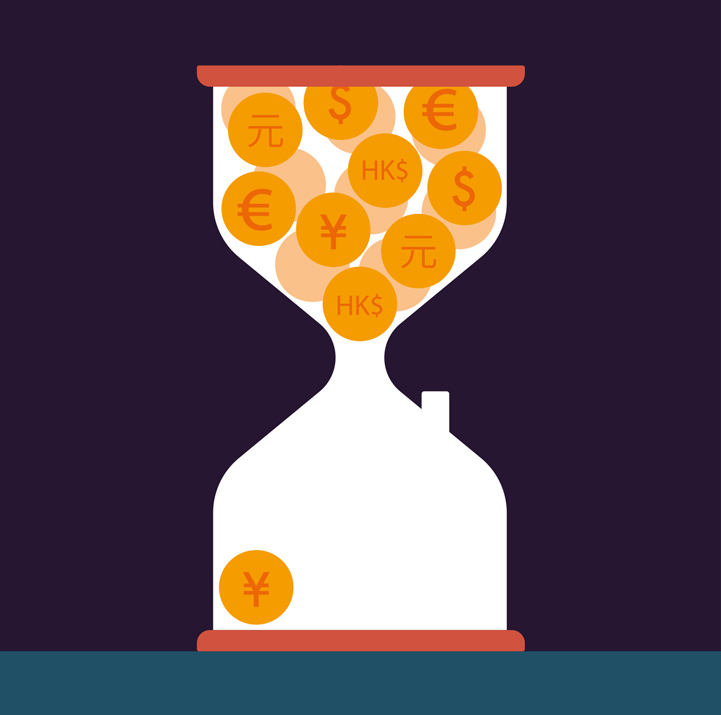
Illustration: Jamie Portch
A change in the elements of demand
Over the coming months, it is inevitable that the forces that have shaped the prime housing markets over the past year will start to change. At the end of June, the benefit of the stamp duty holiday reduces significantly, before being removed entirely by the end of September.
However, the patterns of market activity that we have seen over the past 12 months suggest the top end of the prime market is far less reliant on the stamp duty holiday than, say, the segment of the market between £500,000 to £1 million. Instead, we believe two other factors will shape the prime markets over the remainder of this year and into the next.
First, the level of buying activity over the past 12 months has created shortages in the amount of property available to buy across large parts of the market. This has resulted in an imbalance between supply and demand that we expect to underpin prices across the prime family house markets through 2021.
Easing of international travel restrictions is expected to be the catalyst for a long-overdue price recovery in central London that was put on hold by the pandemic
Lucian Cook, Head of Residential Research
Second, the vaccination programme and the consequential relaxation of social distancing will start to impact on buyer and seller behaviour. On the one hand, our client survey results indicate that this will actually increase buyer commitment over the medium term. But it is also likely to bring more stock to the market, particularly from downsizers and others who were reluctant to sell while risks from Covid were high. That should gradually ease some of the supply constraints that we currently see.
Additionally, some of the changed housing priorities are likely to gradually dissipate, rebalancing some of the demand between London and the country. More specifically, easing of international travel restrictions is expected to be the catalyst for a long-overdue price recovery in central London that was put on hold by the pandemic. Indeed, in April, some £382 million was spent on £5 million+ property in London, more than 60% above that normally expected at this time of the year. So as one market starts to ease, another appears set to leap into action.
Read the articles within Report: Prime UK Residential – spring/summer 2021 below
.jpg)
